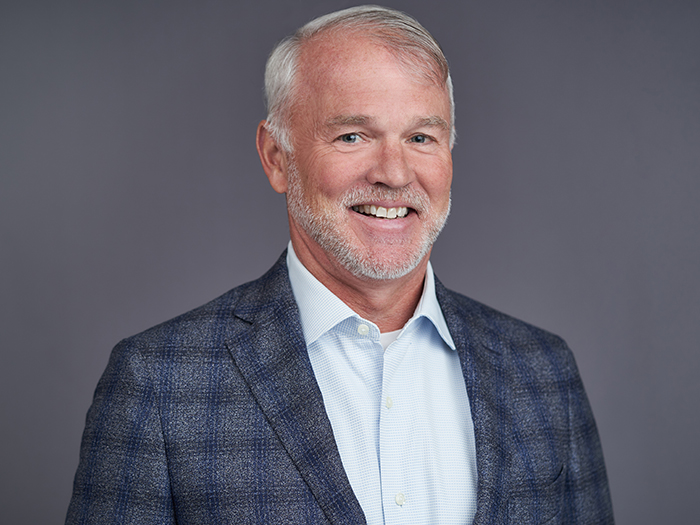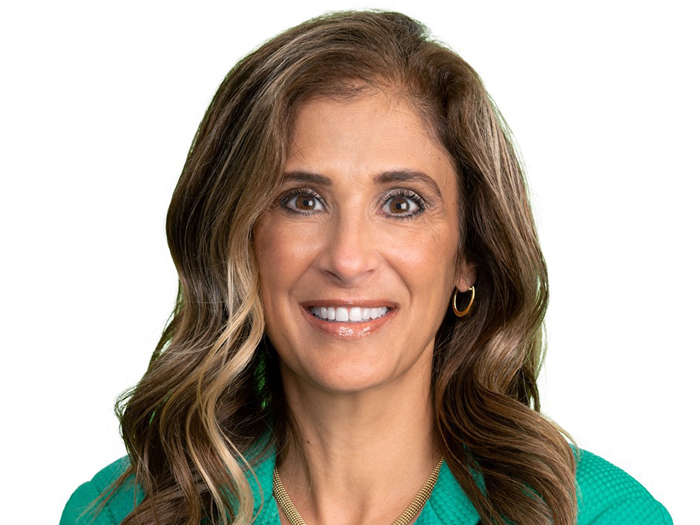Global Risk Consultants’ David Rix on the use of AI in Property Submissions

Earlier this year, Dan Reynolds, the editor in chief of Risk & Insurance, caught up with David Rix, global sales manager for Global Risk Consultants, a TÜV SÜD company. The conversation touched on the use of AI in policy submissions and related topics. The conversation has been edited for length and clarity.
Risk & Insurance: David, let’s talk about using artificial intelligence to strengthen property insurance submissions. What’s your take on that?
David Rix: It really comes down to data quality. Whatever goes into the AI tool for reviewing property submissions needs to have complete “risk attributes” from a fire loss prevention standpoint.
This is specific to property loss control and fire risk. Historic models like RMS and AIR rely on very specific data points: data like roof age, attachment apparatus, and similar details are an example of what a fire risk engineer collects to ensure the best outcome on those models.
We’re seeing tools like Archipelago, an insurtech company that helps clients collect and improve property risk data quality . We also subscribe to a Munich Re tool that uses geocode information to assess whether a location is flood-prone or wind-prone for example, and provides information of the locations’ exposure to nat haz perils as applicable to the site.
This detailed data becomes increasingly important for any property portfolio with significant natural hazard exposure, including many in the Midwest due to severe convective storms. Good data helps secure better coverages, and sometimes it’s not even about premiums – it’s about getting reasonable retentions and capacity for certain perils, particularly for technical industries.
Most underwriters, AI or not, want to see a detailed physical engineer’s report that collects COPE information and develops loss estimates. As AI tools become more trained, they’ll be able to assess whether the data is complete for more technical evaluations.
It’s wise for risk managers to get their house in order and own that process, especially as larger companies have been forced to take higher retentions. They need to ensure their effectively self-insured assets are being properly managed.
We also discussed how to use resources like ours, or through carriers – having a good consulting account engineer who knows the overall account and can help the risk manager prioritize capital and risk improvements. This account engineer is critical for developing dashboards using tools like Power BI to show how an organization is continuously improving property risk.
We can prove improvement very granularly in real-time, which is different from the past where you’d update a PowerPoint once a year. Using AI to identify outliers in property values was another topic we covered – it helps underwriters spot potentially undervalued properties.
Marsh has their Blue[i] offering, which is very much based on data quality. Large brokers are invested in what the future holds and how clients can get their house in order now. The market has stabilized somewhat, and if you can pull together a good story with quality data, you’ll likely get a better outcome this year.
R&I: Is it fair to say that underwriters are receiving AI-assisted submissions favorably?
DR: Yes, I think that’s correct, though there are industry exceptions where additional scrutiny is needed, maybe even requiring their own engineer to “kick the tires.”
I was at the Western Region RIMS last fall where a property panel featured a lead underwriter from a household name carrier. They mentioned receiving over 10,000 submissions in the preceding twelve months with an underwriting team of just eight people. They definitely use tools to filter out submissions that seem to be “just hunting for a number” rather than serious inquiries, which they can tell when information is incomplete.
R&I: Beyond AI, what tips would you give someone trying to craft a winning submission in terms of narrative or approach?
DR: Certainly have a strategy tailored to your company. Food and beverage is a big industry example where this matters. Being able to tell your story is key, and an account engineer can be a valuable asset. We’ve even gone on London trips with risk managers to articulate how the program is performing from an independent risk engineer’s standpoint.
This approach can work for middle-market companies too, not just those with scale and sophistication. Even middle-market companies that invest in and commit to owning their risk management tend to get better results.
It’s about showing risk improvement, using risk ratings to drive improvement, comparing yourself to industry peers, and demonstrating to underwriters that you’re best in class. That’s increasingly the outcome brokers and risk managers want to achieve.
R&I: We had a hard property rates a couple years ago and are seeing some moderation now. But your key point seems to be, “Don’t be complacent just because the market is transitioning.”
DR: That’s exactly right. Don’t get complacent because it feels a little easier. If you double down and take more ownership, the market would be receptive to that now that rate levels overall are a bit higher. If you’re a really good risk and can prove it, you’ll get a much better outcome.
R&I: With risk engineering, you’ll have carriers with in-house engineers, brokerages might bring some expertise, or consultants might be involved. How do we get all those pieces to work together?
DR: It varies globally. The North American approach differs from Europe, Latin America, and Asia, which is much more carrier-oriented. In many cases for large accounts, it’s a three-legged stool where some work is shared.
What I’ve observed is that large brokers tend to drive more value doing higher-end account engineer work – overseeing the process and helping coordinate GRC services and carrier risk engineering services. Often, the carrier needs to evaluate the risk, but clients also want independent risk engineering because they have a large schedule and significant retention.
We do some specialized work for carriers, and even independent firms will do carrier work. It’s very different for softer occupancies – you don’t necessarily need a high-protection-risk fire engineer to evaluate a mall. So occupancy type is a huge factor in this equation.
R&I: Is there anything about AI-assisted submissions or crafting good submissions regardless of market cycles that you think is important to convey?
DR: This is evolving quickly. There’s growing carrier acceptance of these models. Brokers like Marsh with their Blue[i] platform want to move everything into the digital realm so you’re not sending property submission materials as attachments and PDFs via email anymore. Instead, it’s all in a digital environment that can be shared with up to a hundred market participants on bigger programs.
Doing this process efficiently requires great data quality – I can’t stress that enough. That’s the main demand we’re seeing from clients.
R&I: The brokerages are competing, so they want to have the most appealing submission possible without too many attachments or clunky aspects, right?
DR: Yes, and there’s a whole other story on the casualty side. Analytics and AI are probably utilized more readily in workers’ comp, general liability, and auto than in traditional first-party property risk. For large companies, there’s a lot of data to crunch there. Property seems mundane by comparison to some financial lines like D&O, where analytics play a major role.
Just one more thought. About timing with the market – we came off a super hard market that’s still challenging. Risk managers have an opportunity now to get their proposal in order and potentially get the rate relief they’ve been hoping for. If you do the right things now, you have a golden opportunity for improvement, but if you don’t, you might miss out. &










